DATOS PERSONALES
- -
- Adrián Mangas
- Alicia
- Andrea
- Andrea
- Angel
- Antonio Vivas
- Azucena
- Carlos Rodríguez
- Claudia Martín San Juan
- DeboraGuzmor
- Efren
- Erika M
- Esperanza LS
- Eva
- FranDeLaTahona_04
- GAEL
- Gc
- Gonzalo Fraile
- Héctor serrano
- Inés Sanz
- JDavid Db
- Javi García
- Javier Ramod
- JeyUnderground
- José David B.D
- Juan Martín
- Lucía Gómez
- Lucía Torres
- Lucía Vidal
- Manete
- Manuel González Ramón
- Manuel Marcos
- María Fernández
- María San Román
- María Sevilla
- Marcos Navarro García
- Marina M
- Mario García
- Mario Hernández García
- Marta
- Mp
- Nacho
- PAZ Imagen y Sonido I.E.S. RODRÍGUEZ FABRÉS
- PAZ
- Raúl González Riego
- Raquel
- Sandra M
- Sergio Martin
- Sheila Gómez
- TFOT
- Tindaya
- Unknown
- Unknown
- Unknown
- Unknown
- Unknown
- Unknown
- Unknown
- Unknown
- Unknown
- Unknown
- VICTOR GARCIA
- Víctor Jiménez Martín
- Vicky
- Yaiza Martín
- Yaiza Rivas
- Yyhfyj
- Ángel Paniagua
- elisaesteban
- jamon york y queso
- kathy14
- laura ruiz
- luckyluc3
domingo, 28 de mayo de 2017
sábado, 20 de mayo de 2017
miércoles, 17 de mayo de 2017
Las 7 Razones Por Las Que Debes Utilizar Lightroom Con Tus Retratos
Adobe Photoshop Lightroom es un programa de fotografía digital desarrollado por Adobe Systems, diseñado para ayudar a fotógrafos profesionales y aficionados en el tratamiento de imágenes digitales y trabajos de post-producción.
https://www.dzoom.org.es/trucos-lightroom-retratos/?utm_source=Bolet%C3%ADn+de+dzoom&utm_campaign=9c30a4db64-FEED&utm_medium=email&utm_term=0_737e51cc8c-9c30a4db64-12887273
lunes, 15 de mayo de 2017
Leica: el origen de la fotografía libre
Una exposición en la Fundación Telefónica muestra la «revolución» que supuso esta cámara
Pocas modalidades artísticas están tan condicionadas por la tecnología como la fotografía. El desarrollo, tanto de cámaras, ópticas y soportes como de películas y sensores, ha dado siempre nuevas opciones a los fotógrafos. En todo proceso creativo que requiere de utensilios estos siempre han sido una limitación para el artista. Viendo cómo hemos pasado de las primeras cámaras, inmensas y pesadas, a los minúsculos dispositivos que se encuentran en los teléfonos, se entiende muy bien el desarrollo estético que la fotografía ha seguido. De imágenes en blanco y negro, estáticas y luminosas, hemos pasado al color, al movimiento y a poder plasmar cualquier tipo de luz.
Y hubo una cámara que fue la primera en liberar a los fotógrafos de ataduras. El ingeniero alemán Oskar Barnack montó una pequeña cámara para poder hacer pruebas con película de cine. Y empezó a fotografiar la vida diaria en la pequeña ciudad de Wetzlar. Una vez revelados los negativos, la sorpresa fue mayúscula al encontrar imágenes de una calidad excelente. Pudo hacer fotos en unas inundaciones sin tener que usar el molesto trípode ni cargar con las cajas pesadas de las placas.
... Para seguir leyendo entra aquí: http://www.abc.es/cultura/arte/abci-leica-origen-fotografia-libre-201705140412_noticia.html
viernes, 12 de mayo de 2017
https://petapixel.com/2016/05/18/two-new-rules-composition-can-improve-images/
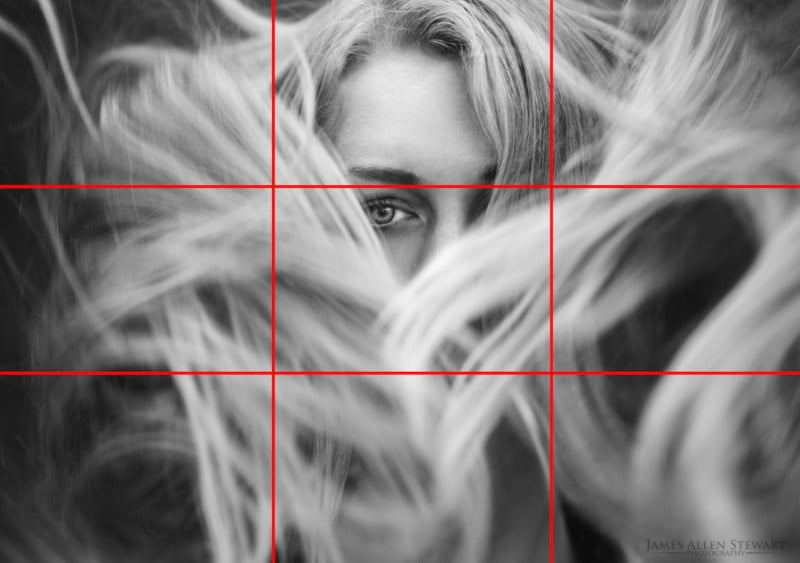
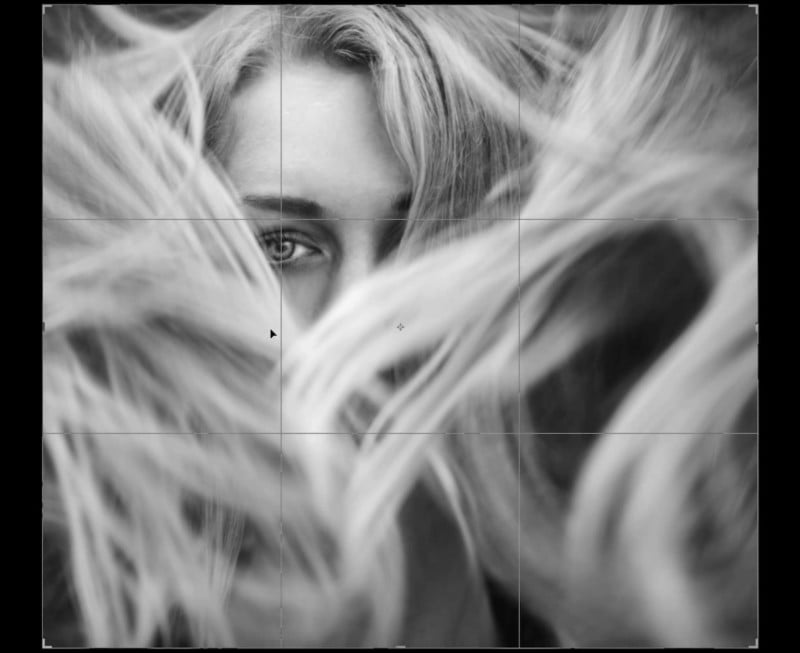
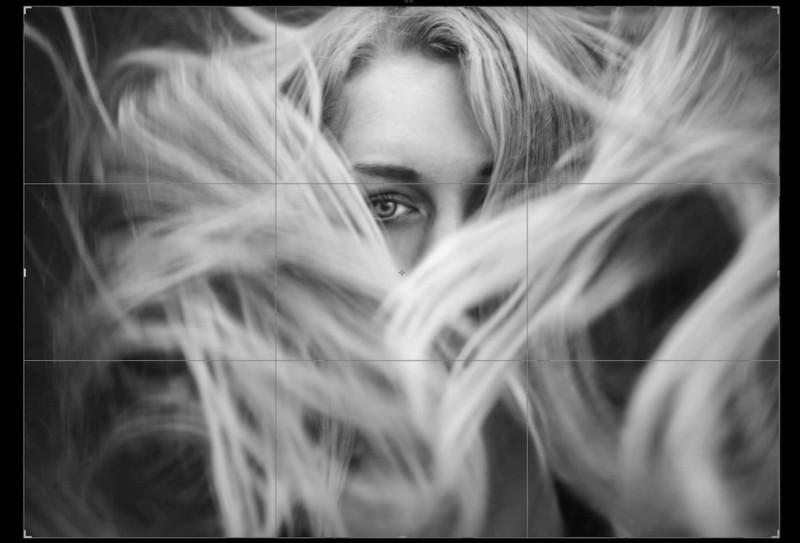
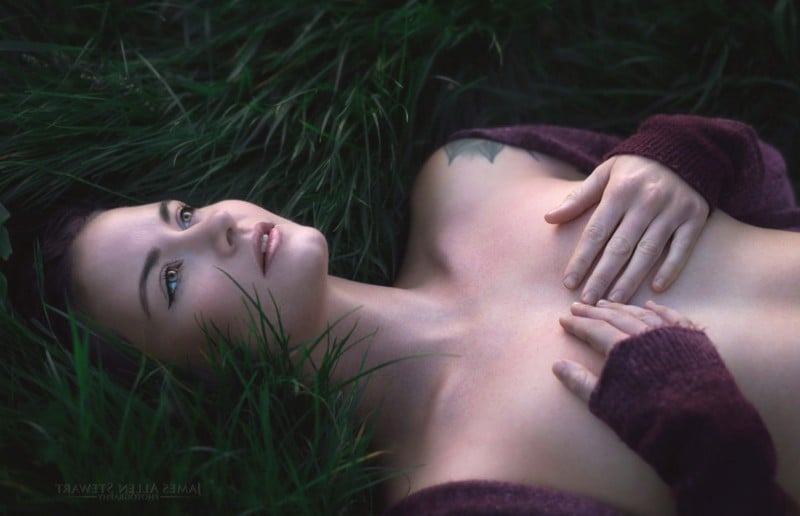
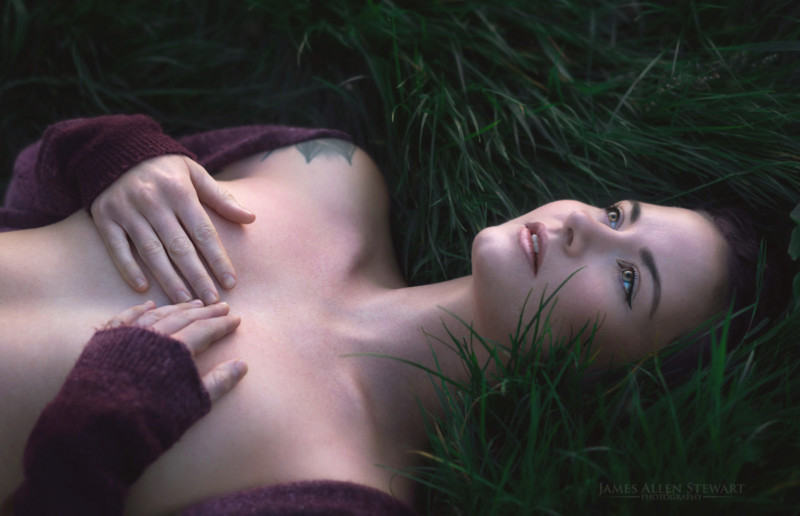
Two New ‘Rules’ of Composition that Can Improve Your Images
Portrait photographer James Allen Stewart wants to show you how to break the old rules of composition… with some new rules. In a recent video, he introduces two of his own rules that have helped him compose more interesting, dynamic images.
Click play below to see Stewart (and his pug) go through both of the rules, and then keep on scrolling to see some example images and read about each rule individually:
Rule 1: Balance the Darks and the Lights
Rule 1: Balance the Darks and the Lights
It’s important to strike a balance between the dark and light parts of your image, even if this pulls you away from traditional compositions like the Rule of Thirds.
Darks, Stewart maintains, are compositionally ‘heavy’ and draw your eye; lights, on the other hand, are much lighter and don’t pull your attention as strongly. Use this relationship to strike a balance that will lead your subject’s eye to the image’s focal point.
For example, this crop is rule of thirds balanced:
While this one is balanced using the darkness and light rule:
The focal point of the image is her eye, but the rule of thirds does a poor job drawing your focus there because of the dark patch in her swirling hair. The wider crop uses the dark background to balance the image and leave no doubt where the viewer’s eye should land.
Rule 2: “Read” Your Photo from Left to Right
Most languages are written from left to right, and Stewart argues that your images should be “written” in the same way. Read the story of your photo from left to right, and see if it makes sense.
Is it intriguing? Does it have a climax? Does it get to the focal point too soon and then drop off uncomfortably into nothing?
In one example Stewart uses, his image originally looked like this:
The story—at least to Stewart—is okay but it reaches its climax (the subject’s face) too quickly and then drops off. By simply flipping the image, it takes on a new life as it’s read from left to right:
As with any composition ‘rules’ these are not hard and fast, but they offer an interesting alternative to the standard compositions you’ve probably become accustomed to seeing.
“Of course the new rules are just a way of seeing things with fresh eyes and maybe approaching your work more intuitively,” Stewart told us over email. “As for myself, I know I can lack ‘the spark’ sometimes, and can use methods of composition that aren’t just grids… it makes your creativity flow better.”
Let us know what you think of Stewart’s suggestions in the comments down below, and if you want to see more of his work, visit his website, Instagram, Facebook, and 500px.
(via Fstoppers)
Image credits: Photos by James Allen Stewart and used with permission.
Image credits: Photos by James Allen Stewart and used with permission.
miércoles, 10 de mayo de 2017
Cien Años de Leica
La exposición Con los ojos bien abiertos. Cien años
de fotografía Leica –que se podrá visitar a partir del 11 de mayo y
hasta el 10 de septiembre este año, se sitúa en la tercera planta del
Espacio Fundación Telefónica (Madrid). Nos adentra en el mundo de la cámara
Leica que fue toda una revolución en el mundo de la fotografía, ya que
por su forma compacta y versátil democratizó el mundo de la imagen haciéndola
accesible a todos. La exposición se enmarca dentro de PHotoEspaña,
que tendrá lugar entre el 31 de mayo y el 27 de agosto de 2017.
Su dinamismo fue propiciando otro tipo de fotografía, más
rápida, con más sentido de captar el momento justo. Muchas son las voces
que dicen que fue Leica la que creó con su ligereza el Fotoperiodismo además de
las guerras.
La exposición trata de contar la historia de la
fotografía a través de una de sus protagonistas, aunando en temas como la
democratización, la subjetividad de la fotografía, en definitiva un gran cambio
hasta lo que fue en hasta ese momento la fotografía.
Además la muestra no sólo se queda en el espacio reservado
para ello, sino que va a acompañada de talleres y de un concurso en
Instagram.
lunes, 8 de mayo de 2017
Suscribirse a:
Entradas (Atom)

“No hay nada peor que la imagen nítida de un concepto difuso”. ANSEL ADAMS
El Maestro aparece cuando el alumno está preparado.
“Entre las muchas formas de combatir la nada, una de las mejores es hacer fotografías.” JULIO CORTAZAR
Tus primeras 10.000 fotos serán tus peores fotos.
Henri Cartier-Bresson
“Si tus fotografías no son lo suficientemente buenas es porque no estás lo suficientemente cerca.” Robert Capa.”

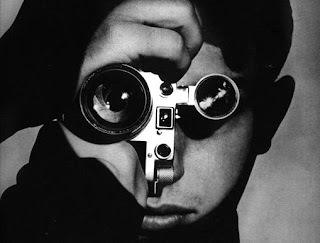

58 COMMENTS